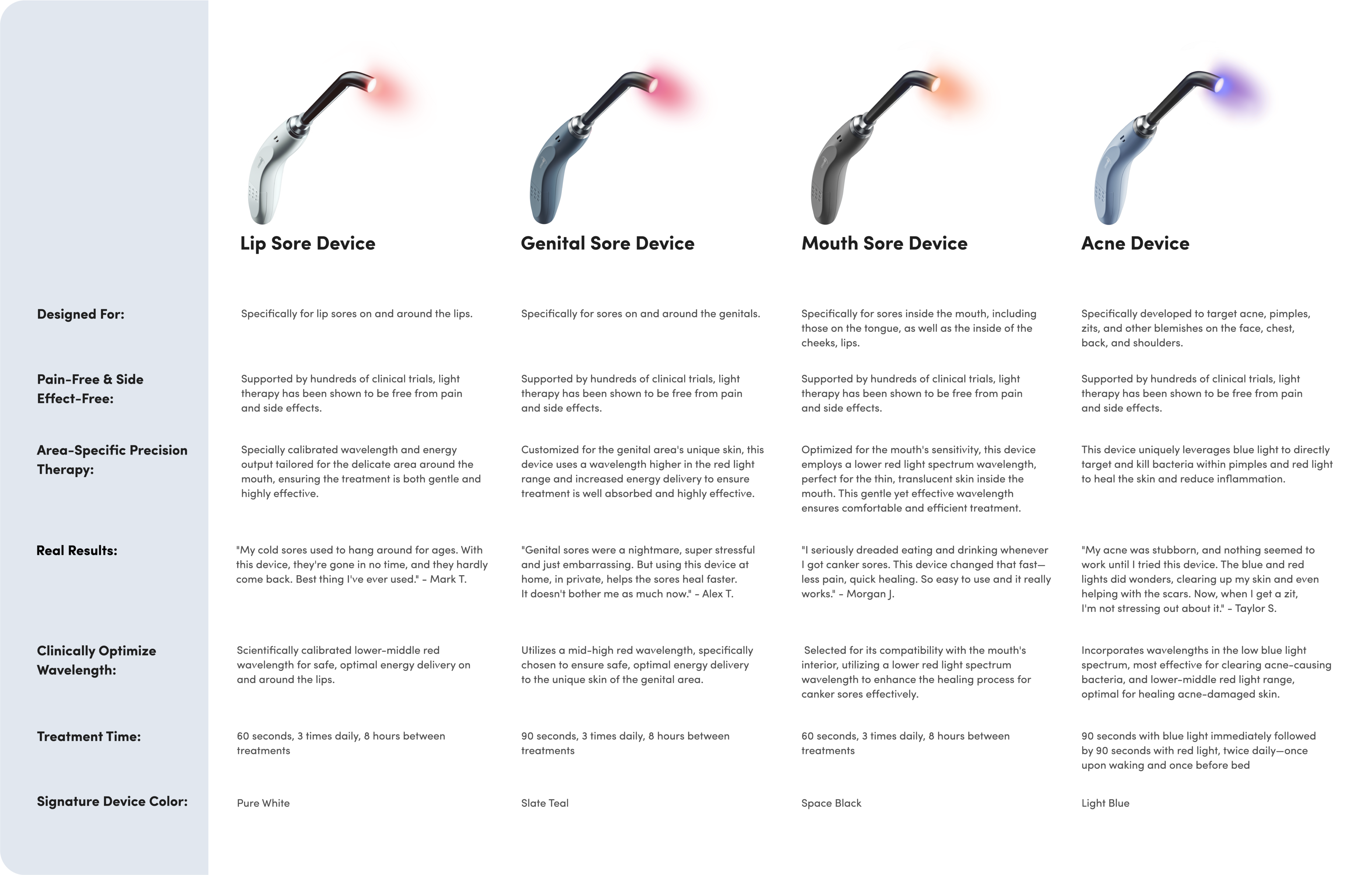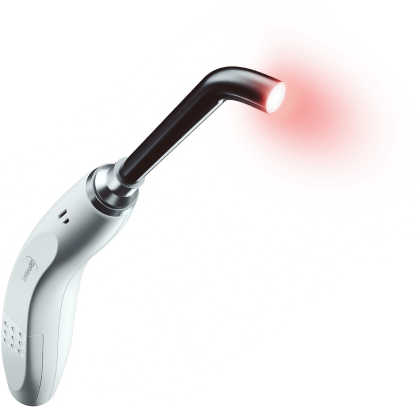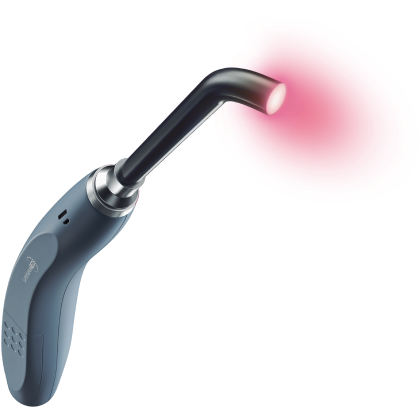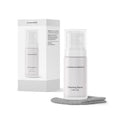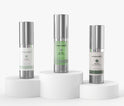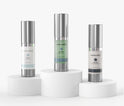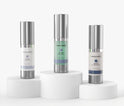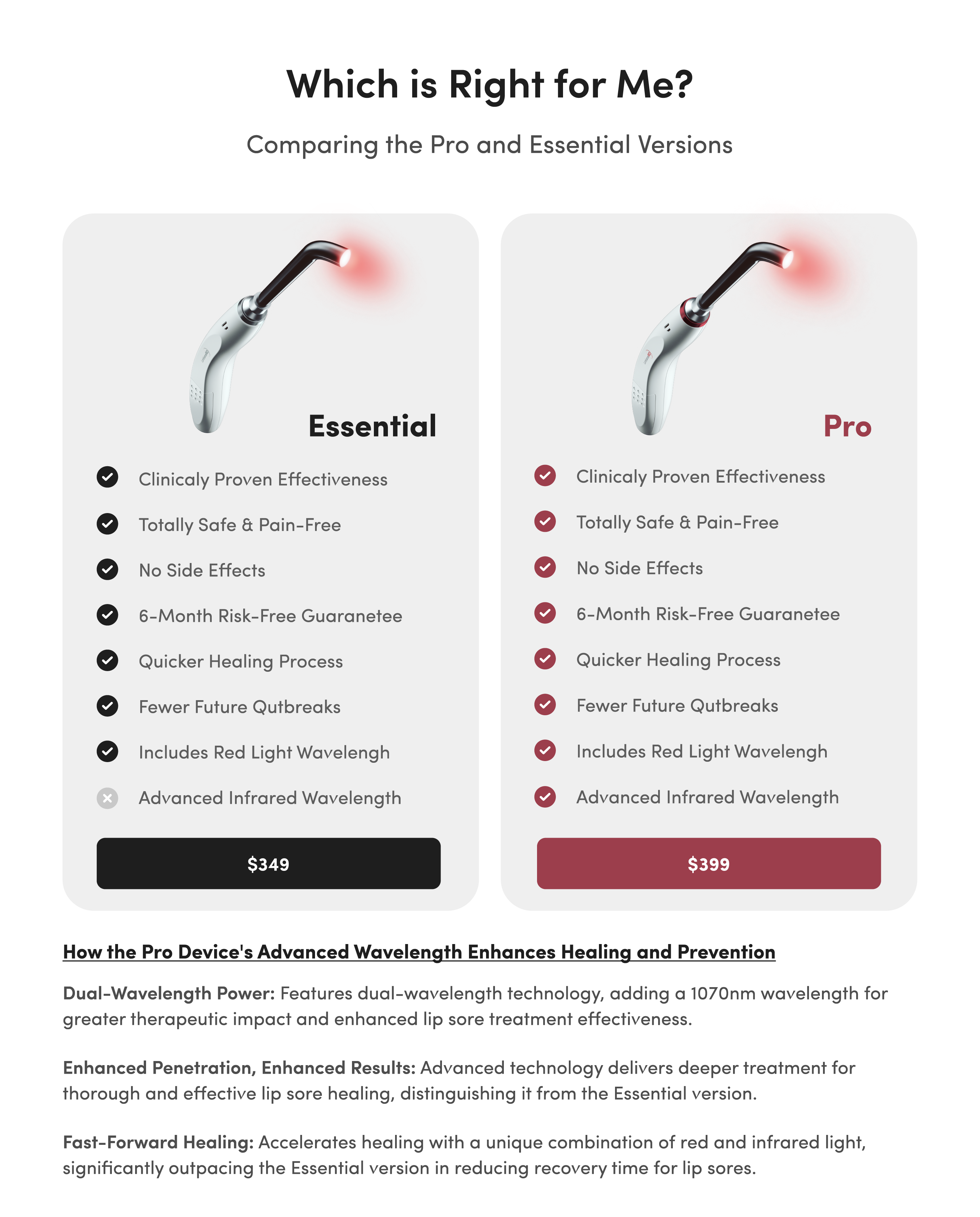How To Tell if You Have Eczema, Herpes, or Eczema Herpeticum

Even with Google’s infinite medical insight at our fingertips, it’s still difficult and confusing to identify the exact cause of skin conditions like rashes, bumps and ulcers. Many conditions have similar symptoms or look nothing like their pictures online.
If you’re currently dealing with a mysterious — and uncomfortable — skin irritation, you may feel worried or frightened about the underlying cause. Learn more about common conditions like herpes, eczema, and eczema herpeticum to narrow down the possibilities.
What Is Herpes?
Herpes is a family of more than 100 known viruses, but only a handful can infect humans. The two most common herpes viruses are herpes simplex virus type 1 (HSV-1) and herpes simplex virus type 2 (HSV-2).
Luminance RED makes two devices specifically designed to help manage each type of herpes infection with light therapy: the Luminance RED Lip Sore Treatment Device and the Genital Sore Treatment Device.
HSV-1 (Oral Herpes)
HSV-1, most commonly known as oral herpes, spreads through direct contact with skin or bodily fluids. It causes cold sores to develop around the lips and mouth. This virus is highly contagious, especially when oozing blisters are present.
Cold sores caused by HSV-1 progress through five distinct phases: tingling, blistering, weeping, crusting and healing.
You can recognize your skin condition as oral herpes if any of the following symptoms occur:
- Tingling of the lips before a sore develops
- Small blisters on the lips that become filled with fluid
- Enlarged blisters that burst and crust over
- Dry, crusty, scabbing blisters on the lips and mouth
HSV-2 (Genital Herpes)
HSV-2, more commonly known as genital herpes, is a sexually transmitted infection without a known cure. According to the World Health Organization, 491 million people aged 15-49 worldwide have an HSV-2 infection.
The most common sign of genital herpes is the development of small red, yellow, or white bumps or blisters around the genitals. They’re often itchy and painful as they fill with a clear or yellow liquid and then burst. Once genital herpes blisters burst, they develop a yellow crust and slowly heal.
Other symptoms may act as early warning signs before a person’s first genital herpes outbreak:
- Difficult or painful urination
- Swollen glands in the pelvic area
- Fever and chills
- Fatigue
- Headache
- Tingling sensation in the affected areas
Most people experience their first outbreak two to 12 days after initial exposure to the virus. After the blisters break, it may take up to four weeks for herpes ulcers to heal.

What Is Eczema?
Eczema is a dermatological condition that causes patches of skin to become itchy, inflamed and cracked. It’s a common issue that affects more than 30 million people in the U.S., including infants, children and adults. There is no cure for eczema, but many people can control eczema outbreaks by adjusting their diet and using home care techniques.
You may have eczema if your skin condition includes the following symptoms:
- Itching.
- Rashes that develop scales
- Rashes that appear in the creases of the elbows or knees, or at nape of the neck
- Rashes that cover a wide portion of the body
- Very dry skin in the affected areas
- Skin inflammation and infection
In severe cases, eczema irritates the skin so much that open, crusted sores develop.
Eczema or Herpes: How Can You Tell the Difference?
It’s often easy to distinguish between eczema and herpes because of their distinctly different symptoms. While herpes triggers defined blisters that burst and scab over, usually around the mouth or genitals, eczema causes rough, dry rashes in other areas of the body.
To distinguish between herpes and severe eczema that has produced open sores, consider the symptoms that occurred before the sores appeared and the location of the sores.
Types of Herpes Rashes
There’s nothing worse than watching a red, itchy, uncomfortable rash developing on your body, especially if you have no idea what it is, or how it got there. Herpes could be the root cause of your rash, so watch for the telltale signs.
Herpes Gladiatorum
Herpes gladiatorum is a form of herpes that causes a rash to develop on the body. Also known as “herpes rugbiorum” and “mat herpes,” it’s a highly contagious and common skin infection caused by HSV-1. Herpes gladiatorum is commonly transmitted through skin-to-skin contact, particularly in contact sports.
Since herpes gladiatorum is a type of herpes infection, it doesn’t currently have a cure. Instead, the herpes virus remains dormant in the nerve cells until a trigger reactivates the virus and causes an outbreak. It may lie inactive for weeks, months or even years.
Once herpes gladiatorum infects your skin cells and begins replicating within the skin membrane, the following symptoms may develop:
- Clusters of fluid-filled blisters
- Grouped blisters along the neck, chest, face, stomach and legs
- Swollen lymph nodes
- Sore throat
- Fever
- Headache
These symptoms can last two to three weeks before subsiding. The initial outbreak is often more intense and pronounced than subsequent future outbreaks.
A rash caused by herpes gladiatorum should be treated similarly to a standard HSV-1 or HSV-2 infection. Antiviral medication offers a simple way to control and minimize outbreaks. Your doctor can give you a prescription antiviral medication used to treat infections caused by herpes simplex viruses.
Eczema Herpeticum
Eczema herpeticum occurs when skin affected by eczema becomes infected with HSV-1, most commonly through contact with a person’s cold sore. People with eczema and other inflammatory skin diseases are more susceptible to skin infections and may need to take extra care to avoid this condition.
It’s important to distinguish eczema herpeticum from other forms of herpes and atopic dermatitis. This herpes rash appears mainly on the face and neck, though it may also develop on the hands in people with atopic dermatitis. Eczema herpeticum is more widespread and can be erosive. Visible symptoms include:
- Clusters of small, itchy, painful blisters
- Blisters that ooze pus when broken
- Blisters that appear dark purple, black or red
Just like herpes itself, eczema herpeticum sometimes causes other physical symptoms such as high fever, chills, swollen lymph nodes and general discomfort.
Eczema herpeticum is a serious condition that requires medical attention and treatment with antiviral medication. Without treatment, serious complications may occur, including scarring, organ failure, and an infection and inflammation of the cornea known as herpetic keratitis.
If you’re experiencing a rash and are unsure of the cause, the safest course of action is to see a doctor. They can test you for more serious conditions like eczema herpeticum and prescribe any medications necessary.





